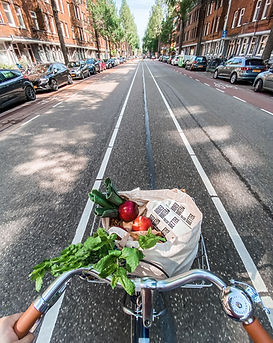
principals for quality of life
"3P's" Public, Private
PARTNERSHIPS
Change the text and make it your own. Click here to begin editing.
SUSTAINABLE, RESILIENT
It is not a question about can urbanism be sustainable, instead since urbanism is inevitable the question becomes “what needs to change to make urbanism sustainable.”
PERMACULTURE:
cities that give back
Permaculture zones in the city... from 0 to hero. Home to Agroforestry.
POCKETS OF ZEN
little parks everywhere
Pocket parks, inlets, connected green corridors,
the HUMAN SCALE:
Low Rise, Walkable Cities
Neglecting the human factor in city planning is obvious in the lack of public spaces where citizens can enjoy the city. This is also apparent in the lack of pedestrian-friendly streets and sidewalks, as well as building design.
BIOPHILIC, BIOMIMETIC, and BIOMORPHIC DESIGN
how does nature do it?
Mother nature. The great mother. Need I say more?
THE GROUND PLANE
Storm Water Management
Storm water gardens and other soft edges....
WELLNESS HOMES
From the inside out
A true grassroots movement begins at the mind/body level and reflects 1st at home.





• Curbing the negative impacts of sprawl
• Mitigating climate change
• Dramatically decreasing energy costs
• Making walking, biking and transit more inviting
• Improving public health, diversity, creativity, safety, and vibrancy
• reduced congestion and vehicle emissions
• smaller ecological footprints
• long-term economic sustainability with mixed-used buildings
• Incorporate multiple price points to housing multiple tenant types
• Public engagement
HIGH DENSITY, LOW RISE, GRASSROOTS FAMILIES
The benefits of incorporating such principals are seemingly universal.
